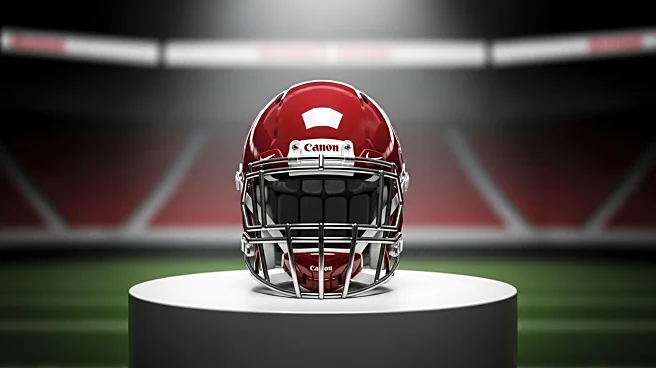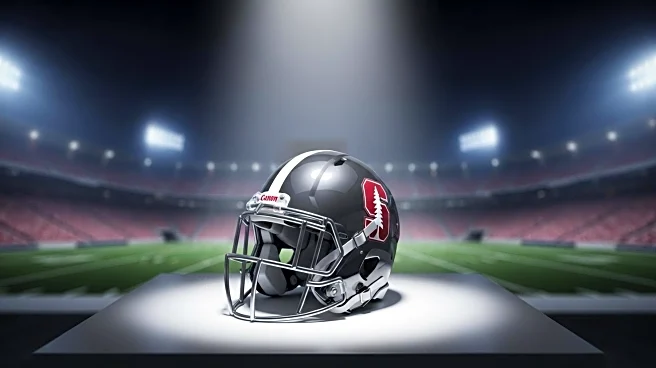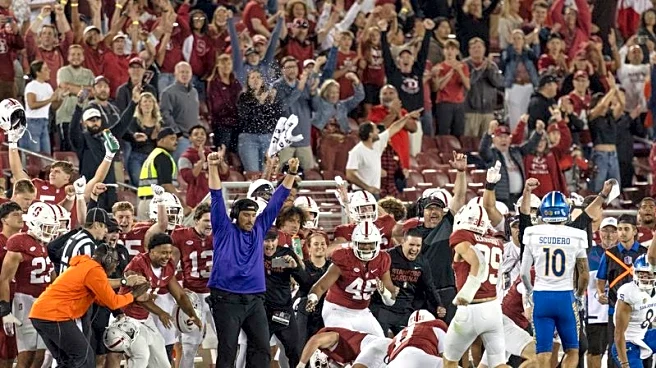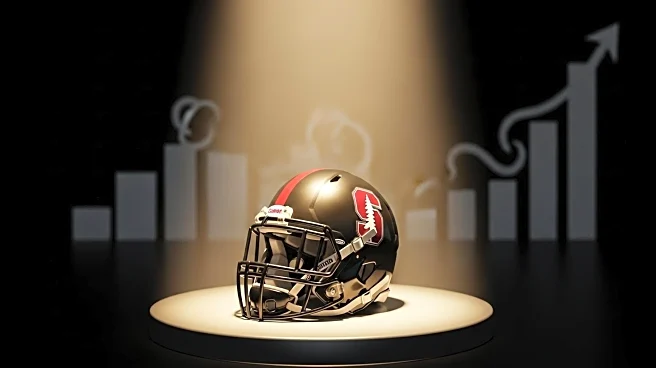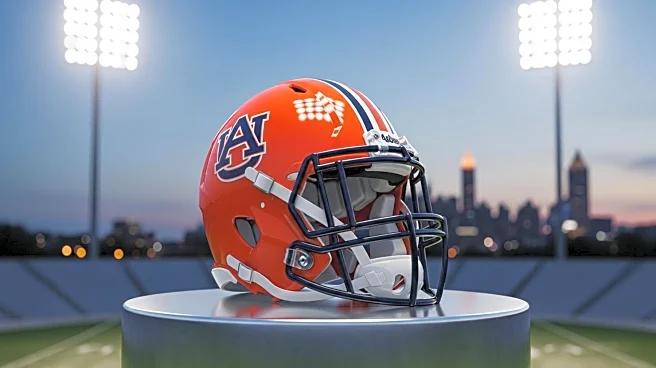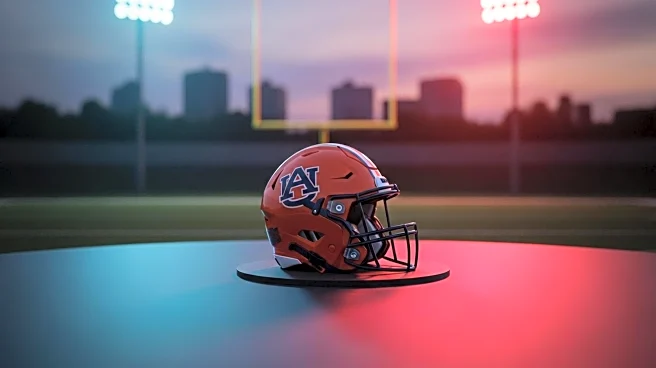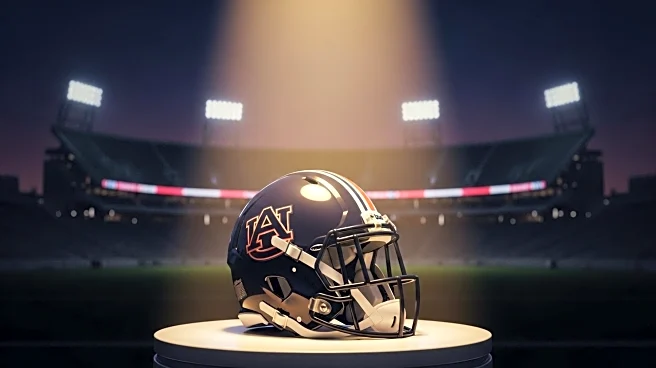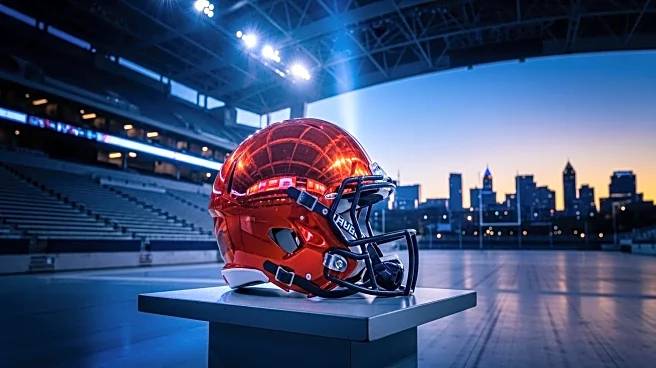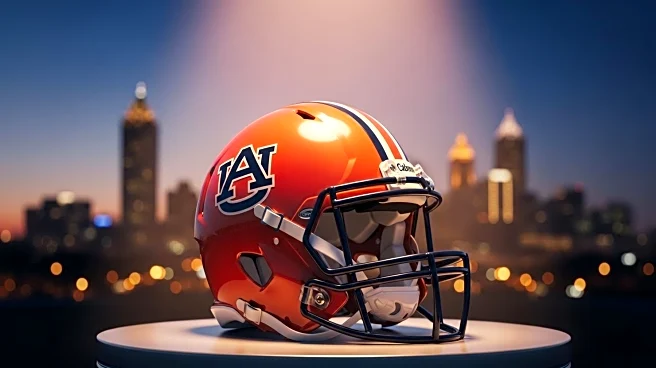What's Happening?
Stanford University's football program has received a historic $50 million donation from Bradford M. Freeman, a philanthropist and former trustee who played for the team. This donation is the largest individual gift in the program's history and aims to support the Cardinal's Name, Image, and Likeness (NIL) efforts and create five new scholarships for student-athletes. The donation will also lead to the renaming of the tunnel and entrance gate at Stanford Stadium in Freeman's honor. Andrew Luck, Stanford's football general manager, expressed gratitude for Freeman's contribution, emphasizing its role in positioning Stanford as a leading program in college football.
Why It's Important?
The $50 million gift is significant for Stanford football, particularly in enhancing its NIL initiatives, which have become crucial in the competitive landscape of college athletics. As universities across the nation invest heavily in NIL programs to attract top talent, Stanford's ability to offer new scholarships and financial support through Freeman's donation could strengthen its recruitment efforts and overall program competitiveness. This move aligns with broader trends in college sports where financial backing and NIL opportunities are increasingly pivotal in shaping successful athletic programs.
What's Next?
Stanford will likely focus on leveraging this donation to enhance its football program's infrastructure and competitive edge. The renaming of stadium facilities in Freeman's honor marks a symbolic step in acknowledging his contribution. As the program continues to develop its NIL strategies, stakeholders such as alumni, current players, and potential recruits may respond positively, potentially leading to increased interest and investment in Stanford football. The university's athletic department will need to strategically manage these funds to maximize their impact on the program's future success.
Beyond the Headlines
Freeman's donation highlights the growing importance of private contributions in sustaining and advancing college athletic programs. This trend raises questions about the role of philanthropy in shaping the future of college sports, particularly in terms of equity and access for student-athletes. As financial demands increase, universities may face ethical considerations regarding the balance between academic and athletic priorities.

